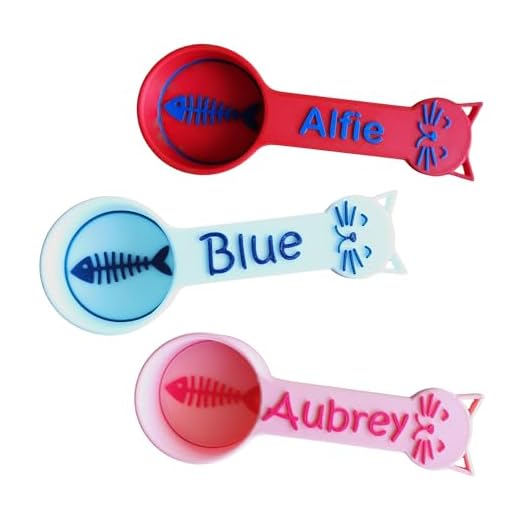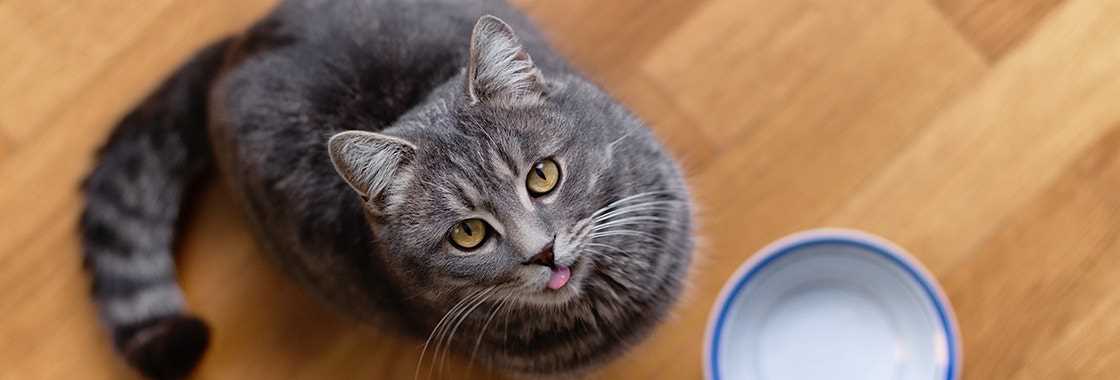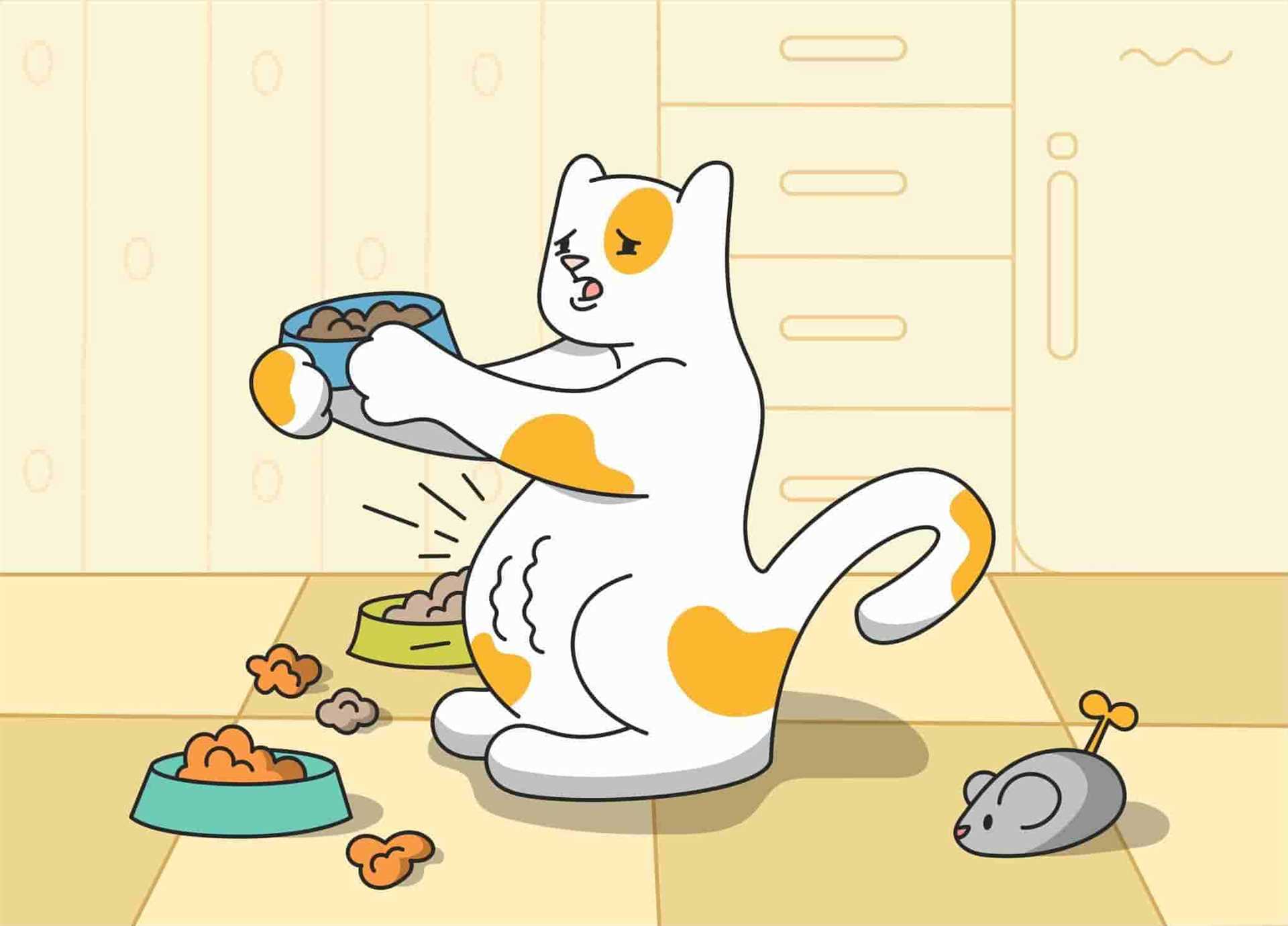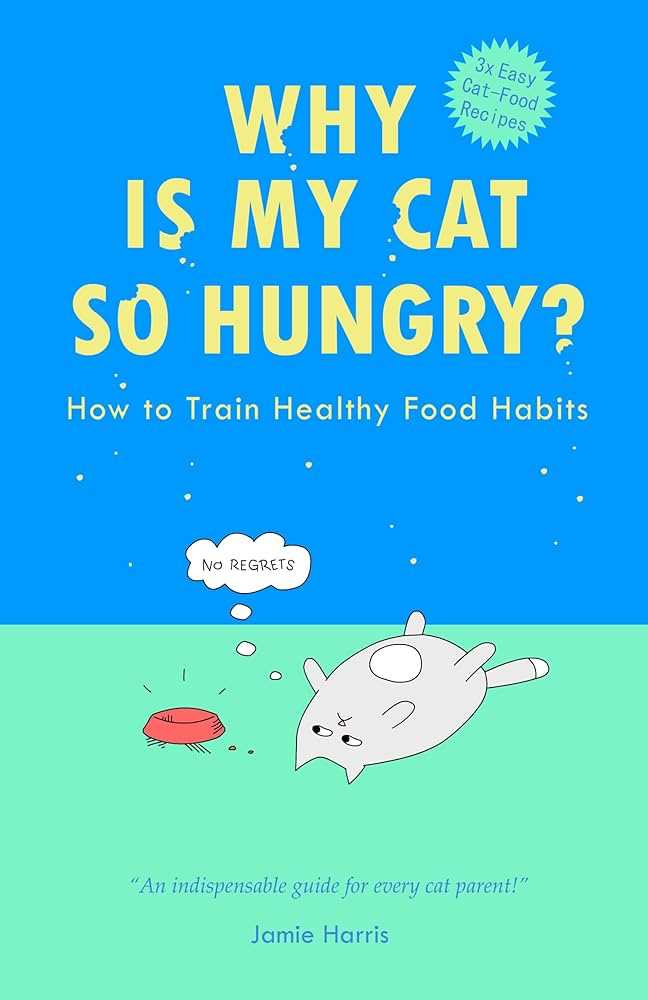



To address the lingering sensation of wanting more, it’s important to consider the type of food provided. A diet lacking in essential nutrients or low in protein may leave me feeling unsatisfied. High-quality, protein-rich foods are crucial to curb those cravings effectively.
Another factor could be the portion sizes. Serving too little at each meal might not fulfill my energy needs, leaving me searching for more. It’s wise to assess my daily caloric requirements based on my age, activity level, and health condition.
Hydration plays a significant role as well. If I’m not drinking enough water, my body may signal for more food, mistaking thirst for hunger. Ensuring access to fresh water can make a notable difference in how I feel post-mealtime.
Lastly, boredom can lead to a desire for food. Engaging in interactive play or providing stimulating toys can redirect my attention and reduce the urge to seek out additional snacks. Keeping my mind active is just as important as my physical needs.
Understanding Feeding Behavior
It’s crucial to recognize that many factors influence my eating habits. First, I have a strong instinct to hunt and forage, which can make me seem insatiable. This behavior stems from my wild ancestors, who had to constantly search for food. Even with a full bowl, the urge to seek out more can be strong.
Portion Control and Meal Frequency
Adjusting meal portions can significantly impact my perception of fullness. If my servings are too small, I might feel like I need additional food. It’s often beneficial to divide daily rations into smaller, more frequent meals. This approach mimics natural feeding patterns, helping to satisfy my cravings.
Type of Food Matters
The composition of my diet plays a key role in how satisfied I feel. High-protein, low-carbohydrate options can provide better satiety. Dry kibble might not suffice, so incorporating wet food can help me feel more fulfilled. If my diet lacks essential nutrients, I may continue to seek out food to meet my body’s needs.
Lastly, environmental factors can also affect my appetite. Stress, boredom, and changes in routine may lead to increased food-seeking behavior. Creating a stimulating environment with toys and activities can help alleviate this tendency.
Assessing the Quality of Cat Food
Focus on the ingredients list before making a choice. Look for high-quality protein sources like chicken or fish as the first ingredient. Avoid foods with vague terms like “meat by-products” or fillers such as corn and soy.
Check for Nutritional Balance
Ensure the formula meets AAFCO standards for complete and balanced nutrition. This guarantees that the meal provides essential vitamins and minerals. If a food lacks this certification, consider looking for alternatives.
Consider Special Dietary Needs
Some companions may have specific dietary requirements. For example, certain health conditions necessitate special formulations. Research brands that cater to those needs, and consult with a veterinarian for personalized recommendations. If your friend is dealing with parasites, finding the right flea pill for cats can also contribute to overall well-being.
Identifying Medical Issues Related to Hunger
Consult a veterinarian if unusual appetite persists, as it may signal underlying health problems. Conditions like diabetes mellitus or hyperthyroidism can cause excessive craving for food. Monitoring behaviors such as increased thirst or weight loss alongside constant demand for meals is crucial.
Gastrointestinal disorders, such as parasites or inflammatory bowel disease, might also contribute to seemingly insatiable feeding habits. Regular check-ups can help detect these issues early, ensuring proper treatment and diet adjustments.
For those curious about cleaning equipment, consider reading this informative article: can i use wash and wax in a pressure washer.
Lastly, keep an eye on any changes in behavior; sudden shifts in eating patterns can often reflect more serious health concerns. Prompt action can lead to better outcomes and peace of mind.
Evaluating Portion Sizes for Your Feline Friend

Understanding the right portion sizes for mealtime is key to maintaining a healthy weight and overall well-being. A general guideline is to feed approximately 20 calories per pound of body weight daily, adjusting based on activity levels and age. For instance, if I weigh 10 pounds, I’d need around 200 calories each day.
Measuring Food Accurately
Using a kitchen scale or measuring cup ensures consistency. It’s easy to underestimate servings when eyeballing. Dry food typically requires a specific volume measurement, while wet food can be more variable. Always check the packaging for calorie information to align with daily requirements.
Adjusting Portions Based on Activity
Activity levels play a significant role in determining how much I need. If I’m particularly active one day, I may require a bit more. Conversely, on lazy days, it’s wise to reduce portions slightly. Monitoring my energy levels and adjusting accordingly helps maintain a healthy balance.
Consulting with a veterinarian can provide tailored advice, ensuring that my nutritional needs are being met without overindulgence. Regularly assessing my weight and adjusting feeding amounts will keep me feeling satisfied and healthy.
Considering the Role of Activity Levels
Engaging in regular play and exercise significantly impacts appetite. Higher energy levels require more calories, so I find myself seeking food even after finishing my meals. Make sure to incorporate interactive toys or play sessions into your daily routine to keep your furry friend active. This can help regulate their hunger cues and maintain a healthy weight.
Understanding Exercise Needs
Different breeds and individual personalities influence activity requirements. As a Scottish Fold, I enjoy moderate activity but require daily stimulation to keep my metabolism active. Tailor playtime to your pet’s preferences–whether that’s chasing feather toys or climbing structures–to ensure they burn off excess energy and balance their intake.
Monitoring Behavior Changes

Pay attention to shifts in energy levels or playfulness. If my activity decreases, my appetite may also change. Regularly assessing how much exercise I get can help identify if additional food seems necessary or if a reduction in portions might be beneficial. Keeping a consistent routine helps me stay satisfied with my meals.
Exploring Feeding Schedules and Techniques

Establishing a consistent feeding routine can significantly impact my satisfaction levels. Here are some recommendations:
- Scheduled Feedings: Set specific times for meals. This helps create a sense of anticipation and stability in my daily life.
- Portion Control: Divide daily food into multiple meals rather than one large serving. Smaller, frequent meals can satisfy cravings more effectively.
- Interactive Feeders: Use puzzle feeders or toys that dispense food. This not only makes me work for my meals but also engages my mind.
- Wet vs. Dry Food: Incorporate both types into my diet. Wet food can provide hydration and a different texture, which can be more satisfying.
- Track Feeding Times: Keep a log of feeding times and amounts to observe patterns. Adjust based on how I respond to different schedules.
Experimenting with these methods can lead to a more fulfilling dining experience. Regularly assess how I react to changes and adjust accordingly to find the perfect balance.









